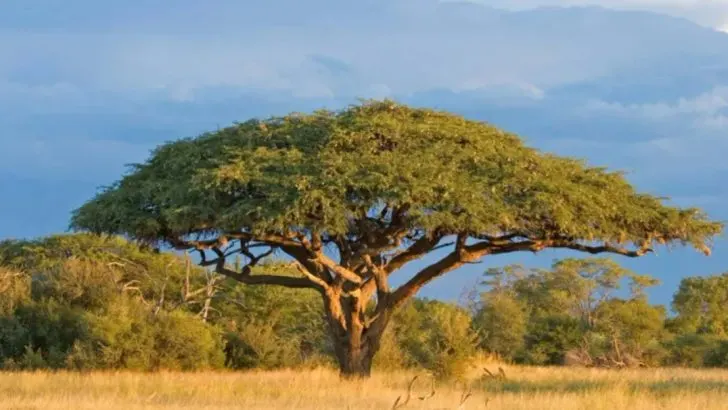Some plants are better parents than we are. While you’re fussing with soil amendments and chasing shade with potted seedlings, these quiet heroes are out there raising the next generation—no fertilizer chart required. They shield. They soften. They sacrifice. They make the bad spots good and the good spots magical. This is the “nurse plant” strategy: where certain plants step up like botanical big siblings, creating safe spaces for others to grow, bloom, and thrive. Forget the helicopter gardening. Let nature do the heavy lifting. These 14 nurse plants don’t just grow—they give. So if you’ve got sunburned leaves, wilting dreams, or seedlings that never stand a chance, it might be time to call in backup. The best gardeners don’t go it alone—and neither should your plants.
Mesquite Tree
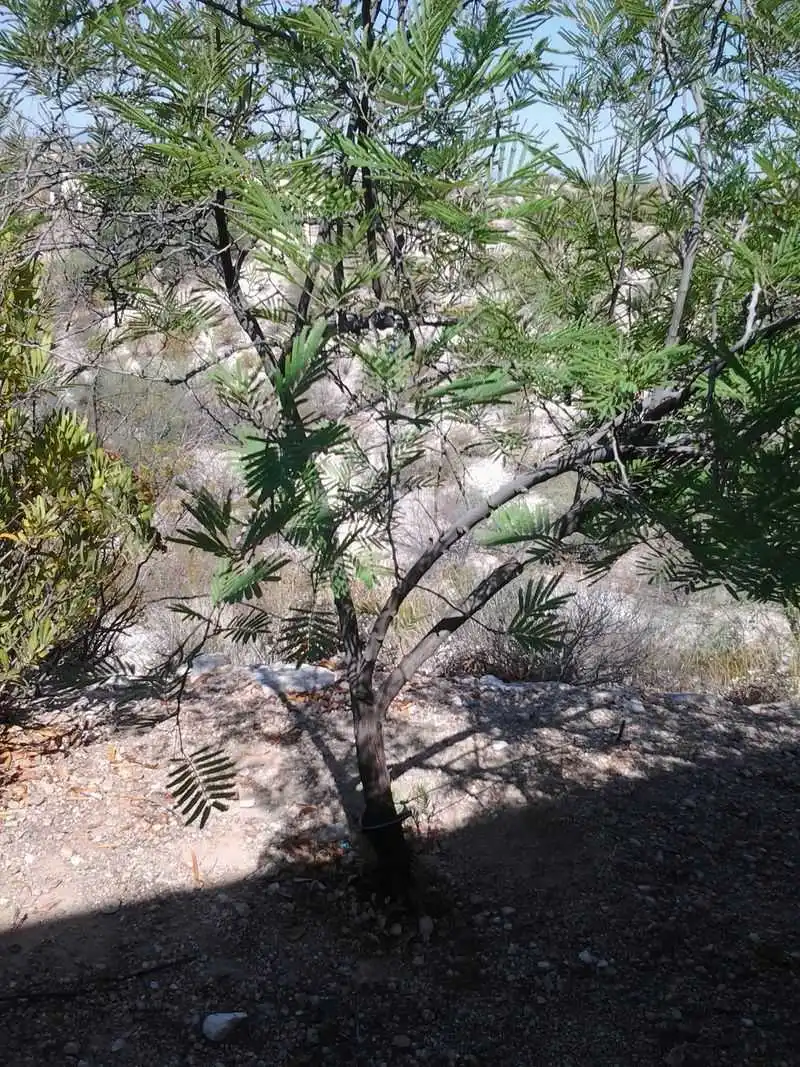
Imagine the resilient mesquite tree, standing tall under the desert sun. This hardy plant offers much-needed shade and shelter to its neighbors. Its deep roots draw nutrients from the soil, sharing them generously. Mesquite’s foliage provides a canopy that reduces soil temperatures and conserves moisture.
Gardeners value mesquite for its ability to improve soil fertility through nitrogen fixation. Its presence encourages biodiversity, attracting various wildlife. With a history intertwined with southwestern Native American cultures, mesquite is both a symbol of survival and a practical gardening ally, ensuring the survival of surrounding flora.
Yarrow
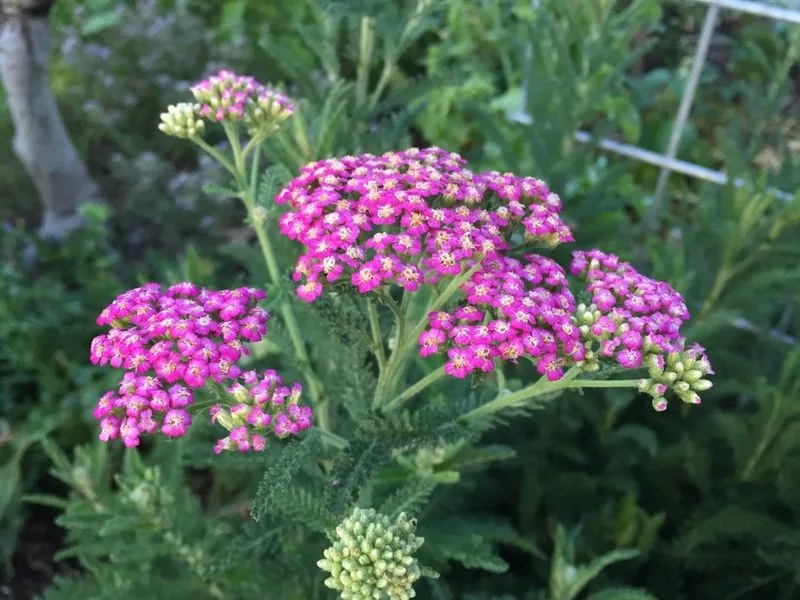
Yarrow, with its feathery leaves and clusters of tiny blooms, is a garden’s best-kept secret. Its aromatic foliage attracts beneficial insects like ladybugs and hoverflies, which keep harmful pests in check.
Beyond its insect-friendly nature, yarrow enriches the soil by accumulating nutrients and making them accessible to nearby plants. Its drought-tolerant demeanor makes it an ideal companion in dry landscapes. Historically, yarrow was used for medicinal purposes, lending its healing touch to humans and plants alike.
This unassuming plant stands as a testament to nature’s intricate relationships and mutual support.
Lupine

Lupines are the ambassadors of beauty and functionality. With their towering spikes of blossoms, they captivate the eyes while improving the soil. These legumes fix atmospheric nitrogen, enriching the ground for neighboring plants.
Their vibrant flowers attract pollinators, enhancing the garden’s overall vitality. Lupines thrive in various climates, showcasing adaptability and grace. Folklore celebrates their vibrant hues, often associating them with transformation and growth.
Whether in a wild meadow or a manicured garden, lupines lend a splash of color and a boost of life, embodying resilience and ecological harmony.
Sagebrush

In the arid expanses of the American West, sagebrush reigns supreme. Its silvery leaves reflect sunlight, providing a cooler microclimate for other plants. Sagebrush’s deep roots stabilize the soil, preventing erosion and creating a hospitable environment.
This plant releases aromatic oils that can deter herbivores, protecting its companions. Its presence supports a diverse ecosystem, offering food and shelter to various wildlife.
Culturally significant to Indigenous peoples, sagebrush is much more than a survivalist; it’s a protector and nurturer, crafting a delicate balance in the harshest of terrains.
Alder
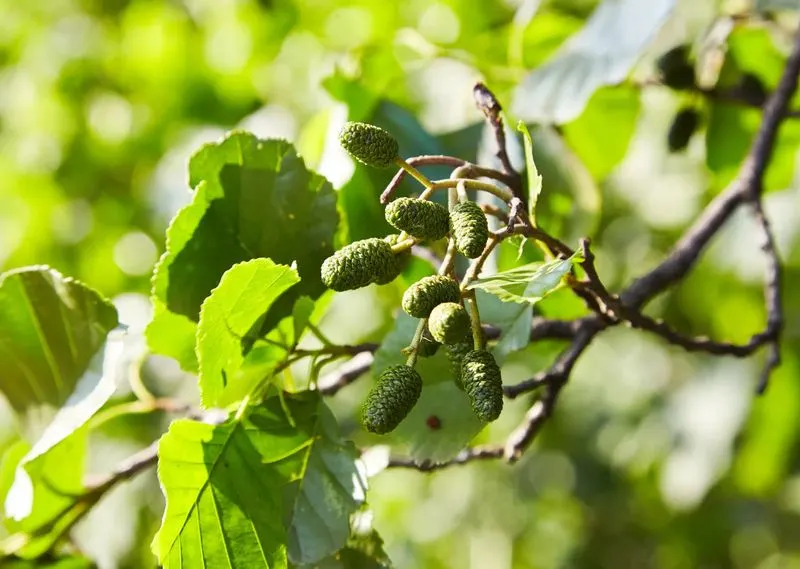
Alder trees embody the essence of water’s edge guardianship. Living near rivers and streams, they stabilize banks with their extensive root systems. Alder’s nitrogen-fixing capability enriches the soil, promoting the growth of surrounding flora.
Their leaves, when decomposed, contribute organic matter, improving soil structure. As hosts to various insects, they support a web of life along waterways.
In folklore, alder trees were symbols of protection and guidance. Today, they continue their legacy by fostering biodiverse ecosystems, ensuring the health of aquatic landscapes and the plants that call them home.
Mullein
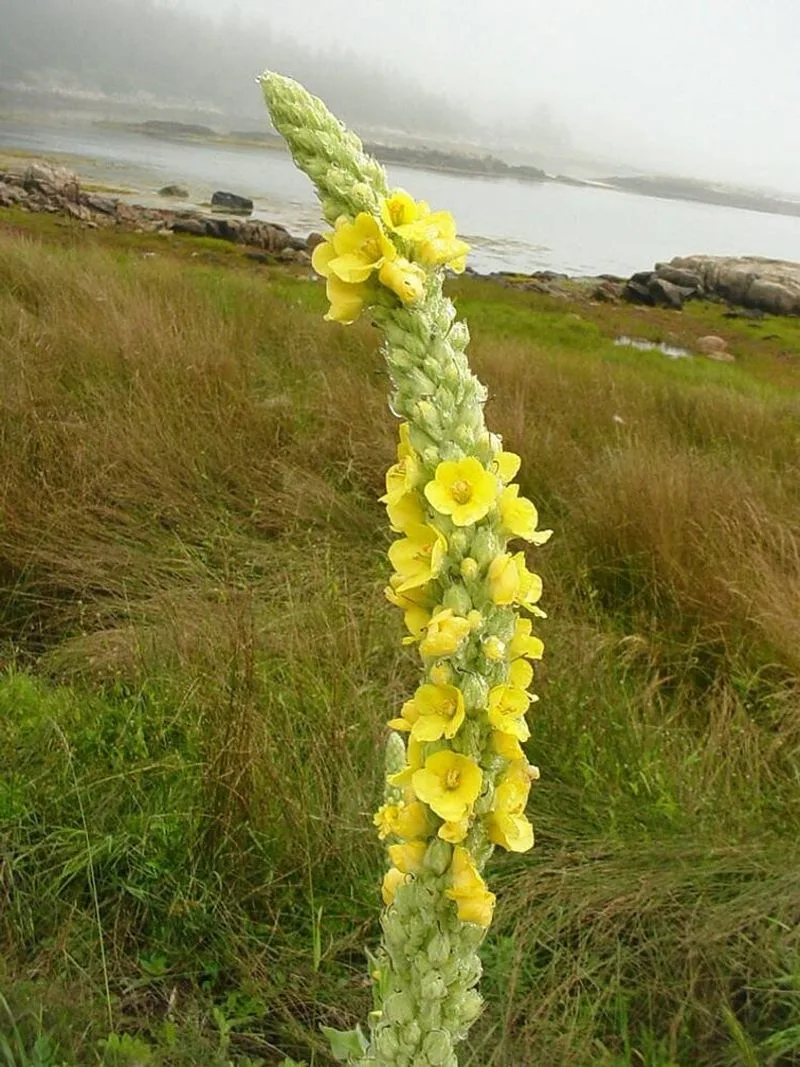
Mullein stands proudly as nature’s sculpture, with its tall, downy leaves and yellow flower spikes. In gardens, mullein’s presence is a boon, as it attracts beneficial insects and deters pests.
The plant’s ability to thrive in poor soils makes it an excellent pioneer species, improving conditions for others. Mullein’s medicinal properties are well-documented, historically used for respiratory ailments.
Its status as a weed belies its nurturing capabilities, as mullein quietly fosters a healthy garden ecosystem. This gentle giant exemplifies how plants can heal and support both their environment and human caretakers.
Broom

Broom plants, with vibrant yellow blooms, are synonymous with resilience. Often found on hillsides, they stabilize soil and prevent erosion. Broom’s nitrogen-fixing abilities enrich the ground, supporting the growth of other plants.
These shrubs attract pollinators, ensuring a lively garden atmosphere. In history, brooms were used for making brooms, hence their name.
Their adaptability to harsh conditions makes them a valuable garden ally. With their bright presence and practical benefits, broom plants serve as reminders of nature’s resourcefulness and the interconnected web of life within a garden.
Buckwheat
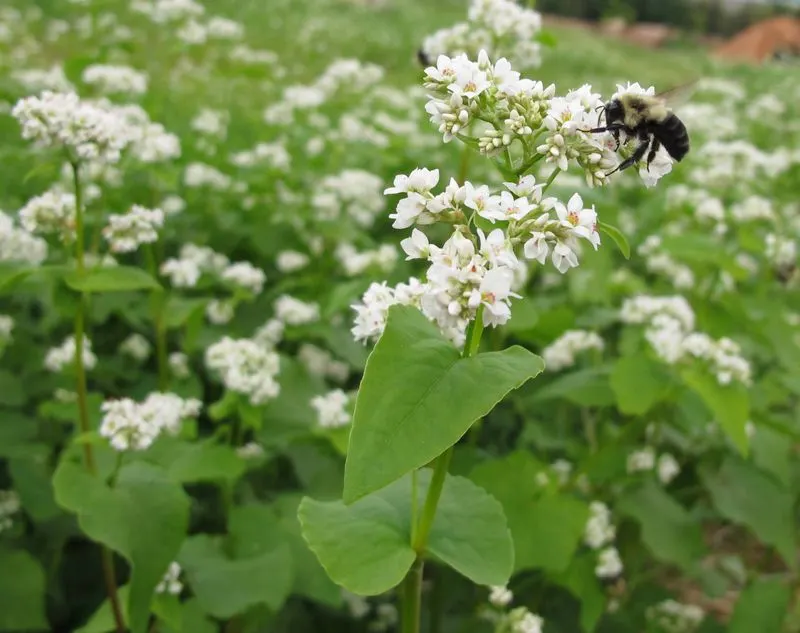
Buckwheat, with its delicate white flowers, is a short-lived wonder in agriculture. Its quick growth cycle and dense foliage provide excellent ground cover, suppressing weeds and conserving soil moisture.
This plant attracts pollinators, enhancing biodiversity and boosting crop yields. Buckwheat’s ability to thrive in poor soils makes it a valuable rotation crop, improving soil structure.
Farmers have long appreciated buckwheat for its dual purpose in providing food and nurturing the land. As a nurse plant, it exemplifies the harmony between agriculture and environmental stewardship, ensuring healthy ecosystems for future growth.
Legumes
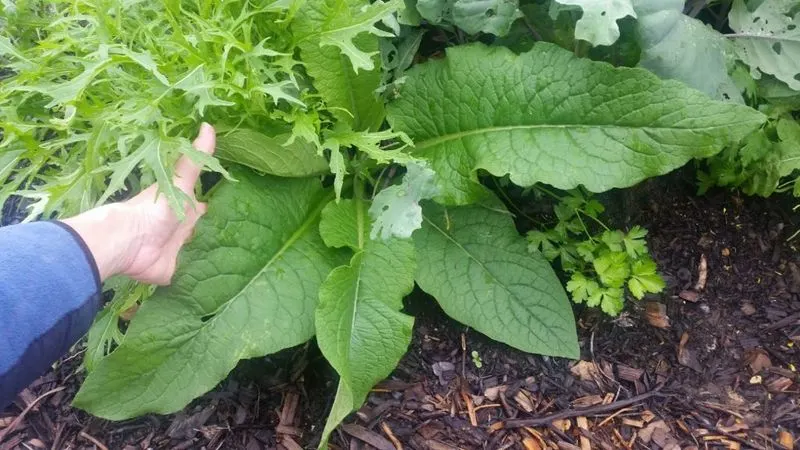
Legumes, including peas and beans, are champions of soil enrichment. Through nitrogen fixation, they enhance soil fertility, supporting the growth of neighboring plants. Their diverse forms offer versatility in gardens.
With roots that improve soil structure, legumes reduce erosion and runoff. They’re also a staple in permaculture practices, embodying sustainability.
Beyond their ecological benefits, legumes provide nutritious harvests. This dual role of feeding both soil and people highlights their position as indispensable garden allies. Their presence tells a story of mutual support and the cyclical nature of life in a garden setting.
Clover

Clover, with its trifoliate leaves, represents luck and environmental prosperity. In gardens, clover acts as a natural mulch, protecting soil and conserving moisture. Its nitrogen-fixing roots enrich the ground, boosting the health of companion plants.
Clover attracts pollinators, supporting biodiversity and enhancing the garden’s vitality. Historically, it was used as fodder and green manure.
This humble plant’s ability to improve soil structure while offering aesthetic appeal showcases its role as a nurse plant. Clover’s unassuming charm and ecological benefits make it an enduring favorite in sustainable gardening practices.
Poplar
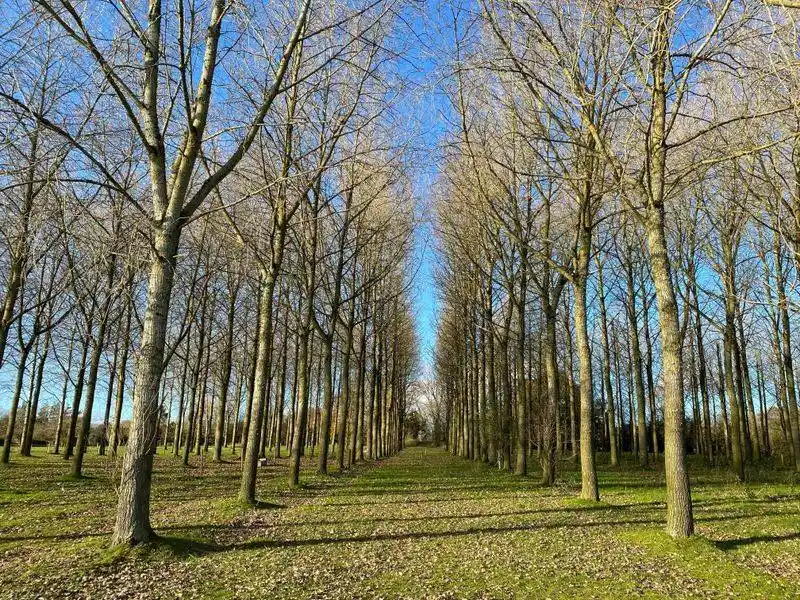
Poplars, with their towering presence, are nature’s architects. Their fast growth and extensive root systems stabilize soil and reduce erosion. Poplars improve water retention and provide shade, creating a supportive environment for understory plants.
In urban settings, they function as windbreaks and air purifiers. These versatile trees have historical significance, often planted for timber and paper production.
Poplars’ ability to thrive in diverse conditions highlights their adaptability and ecological value. As nurse plants, they offer protection and resources, fostering lush landscapes and promoting environmental balance.
Acacia
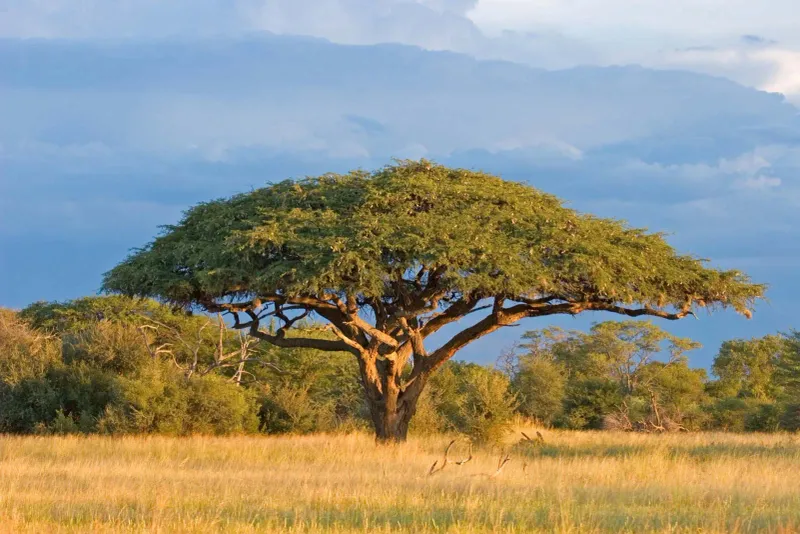
Acacia trees, with their iconic umbrella-shaped canopies, are staples of the African savannah. Their nitrogen-fixing roots enrich the soil, supporting both flora and fauna. Acacias provide shade and shelter to wildlife, creating microhabitats.
Their thorny branches deter large herbivores, protecting other plants. In African cultures, acacias are symbols of resilience and survival.
These trees play a crucial role in maintaining the delicate balance of savannah ecosystems. As nurse plants, acacias ensure the prosperity of their surroundings, sustaining a web of life that thrives under their watchful branches.
Willow
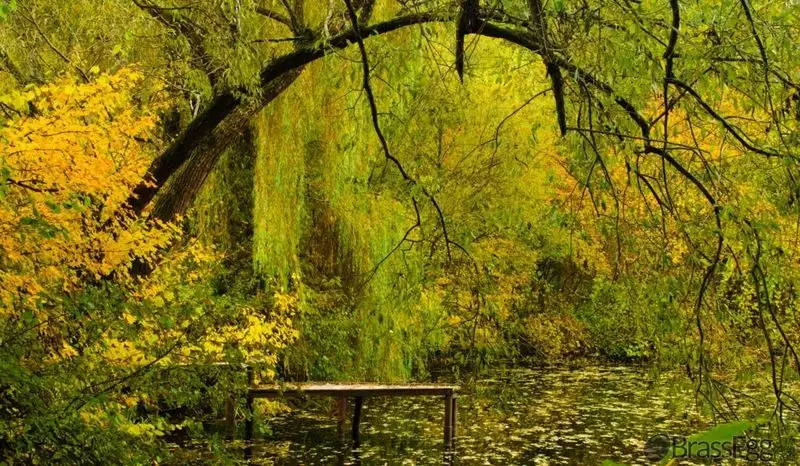
Willows, known for their graceful drooping branches, are water’s best friend. Found along riverbanks and ponds, willows stabilize soil and prevent erosion. Their roots absorb excess water, reducing flooding and protecting adjacent plants.
Willows have been used for centuries in basketry and medicine, demonstrating their multifaceted utility. They provide shelter and resources to a range of wildlife.
As nurse plants, willows contribute to thriving riparian ecosystems. Their presence symbolizes flexibility and resilience, fostering a harmonious environment where water and land meet in a delicate embrace.
Thyme
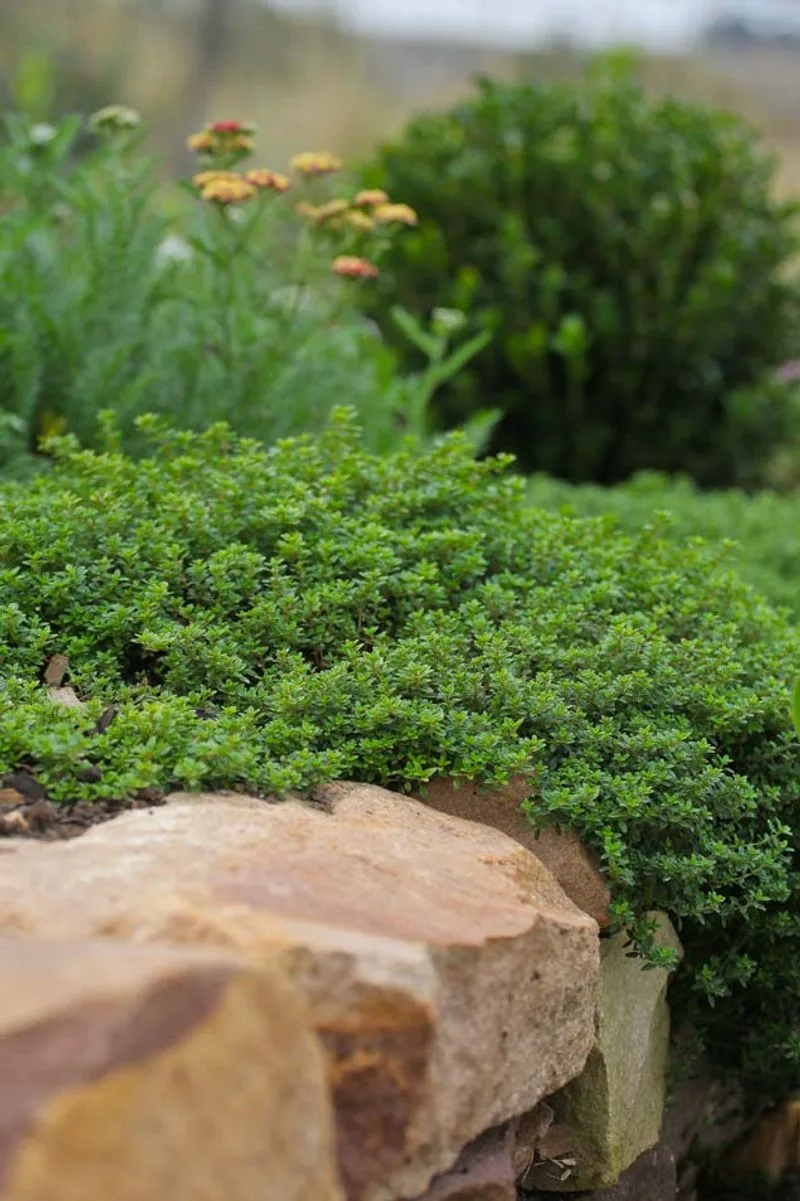
Thyme, an aromatic herb, transcends culinary boundaries. In gardens, it plays a vital role in soil health. Thyme’s low-growing nature offers ground cover, reducing weed growth and conserving moisture.
Its fragrant oils repel harmful insects while attracting pollinators, promoting a balanced ecosystem. Historically, thyme symbolized courage and purification.
This herb’s ability to thrive in rocky, dry conditions showcases its tenacity. As a nurse plant, thyme nurtures its companions, enhancing the overall health and beauty of the garden. Its presence speaks to the interconnectedness of flavor, function, and flourishing life.

